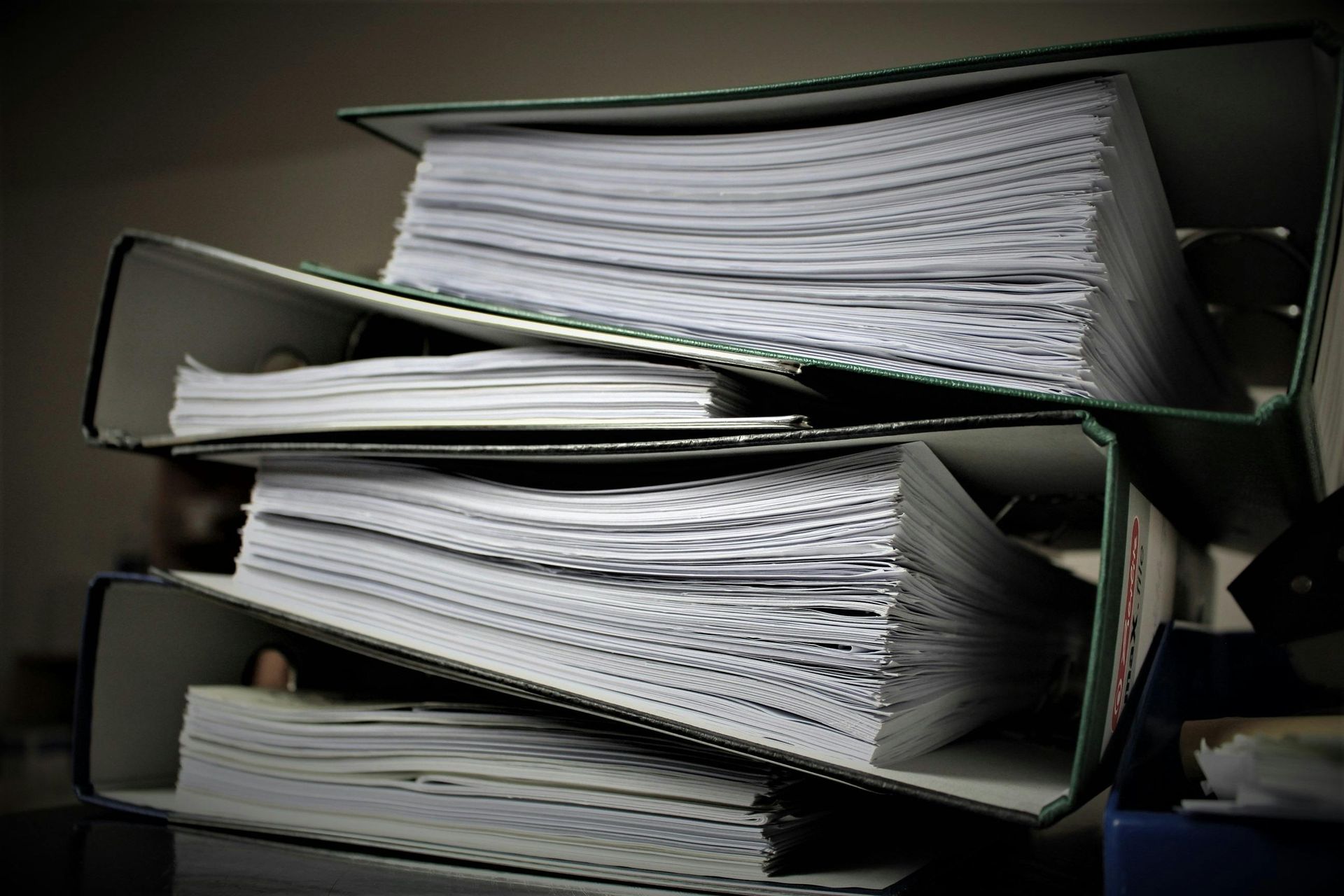What is a 2004 Examination in Bankruptcy?
 Most bankruptcy cases don’t resemble other types of litigation much. There’s rarely a lawsuit attached to a bankruptcy proceeding. However, it is possible, and a Trustee or creditor may schedule a special session called a Rule 2004 exam.
Most bankruptcy cases don’t resemble other types of litigation much. There’s rarely a lawsuit attached to a bankruptcy proceeding. However, it is possible, and a Trustee or creditor may schedule a special session called a Rule 2004 exam.
The Beginning: The Schedules and the Meeting of the Creditors
The petitioner is responsible for providing a lot of information to the bankruptcy court, their Trustee, and their creditors. In the required schedules and statements, the petitioner lists debts, assets, income, expenses, and financial details (particularly any financial transactions that occurred in the two years prior to the bankruptcy filing). In some cases, financial transactions will need to be listed in detail for up to six years preceding the filing. All the information included in the schedules can have an effect on the bankruptcy case.
Every bankruptcy petitioner is also legally required to attend a proceeding called a meeting of creditors or a Section 341 meeting, even though very few creditors ever actually appear at the meeting. In almost all cases, the meeting of creditors is actually used by the Trustee to take the testimony of the debtor. The meeting of the creditors is generally short, and straightforward with the Trustee simply requesting that the debtor verify information from their own bankruptcy petition. In rare instances, if more information is needed and the Trustee needs more time, the meeting of the creditors may be adjourned to another date for additional testimony, or documentation.
When the Bankruptcy Trustee Wants More Information:
The schedules, statements and meeting of the creditors are fairly comprehensive and the vast majority of cases need no additional info. However, in cases where they don’t quite capture all the information the Trustee or a creditor needs to move forward, the Trustee may contact the filer directly. Since bankruptcy filers are obligated to cooperate with the court throughout the process, an informal question or two is not wildly abnormal. The Trustee may simply get in touch to request a copy of a tax return or a deed. In cases where something more formal is necessary, a Rule 2004 Exam may be requested.
What is a Rule 2004 Exam?
Rule 2004 provides the option to examine anyone who may have knowledge regarding the debtor’s finances, schedules, plans, property, reorganization plans, ability to pay, etc. The scope is so broad that many see Rule 2004 as a fishing expedition – a chance to seek out anything that may be used to trip up the debtor without any real idea what may be there to find. Since Rule 2004 is so easily misused, filing a motion requesting one can lead to a fight with the court attempting to determine the relevance of the request and what information will be sought.
Who Can Request a Rule 2004 Exam?
Anyone with a legitimate interest in the bankruptcy case can file a motion requesting the court order a Rule 2004 Exam. Interested parties could include: the debtor, the debtor’s spouse, the debtor’s creditors, owners, shareholders, bondholders, or anyone else directly affected by the bankruptcy. The court has the ability to order anyone or any group to submit to a Rule 2004 Exam if they have knowledge of the debtor’s property or finances.
If you have questions about the Rule 2004 Exam or if you need to file bankruptcy , please get in touch. Most bankruptcy offices in the Chattanooga area don’t have a single Consumer Bankruptcy Specialist on staff. Our office is the only one in the Chattanooga area with two. You are in good hands with Kenneth C. Rannick P.C.
The post What is a 2004 Examination in Bankruptcy? appeared first on Kenneth C. Rannick, P.C..











